The Omaha Metro
Event Report:Tour de France
Cooking Class at the IWFS Great Weekend New Orleans Part 2: Roux
Upcoming Events.
In your email, a PDF will be sent along with the issuu.com link. The advantage of issuu. com is that you can see both right and left pages, like a paper magazine. Our PDF only lets you view one page at a time.
What’s New
You can also access the Branch Recipe file by clicking: https://issuu.com/omahapublications/docs/iwfs_cb_council_bluffs_recipes.
A trouble shared is half a trouble; a joy shared is a joy made double.
JUNE 2024


Event Report: Tour de France: 11 Wines from 8 Wine Regions
Eating at Le Voltaire is always a joy, given the authentic French cuisine offered there. We had an intriguing theme of exploring 8 different wine growing regions of France: Champagne, Alsace, Bandol (Province), Burgundy, the Loire (Sancerre), Châteauneuf-du-Pape (CDP) & Hermitage, both from the Rhône, Bordeaux, and Roussillon (Banyuls). Unusually, we had no appetizers with our two Champagnes, a Gosset Grand Reserve Brut and a Andre Clouet Reserve Brut made only from Pinot Noir grapes. (Blancs de Noirs refers to Champagne made only from dark-skinned grapes, Pinot Noir and Pinot Meunier, but there was no Meunier in this blend.) Our first dish was when we sat down and enjoyed Seared Scallops. Two whites were served, a Trimbach Reserve Personnel Pinot Gris 2017 and a Domaine Tempier Bandol Blanc Provence 2021. The group was split evenly on which one they preferred. We moved to the 2nd course with a Wild Mushroom Tartlet with Goat Cheese Filled Fig in a Port Reduction sauce. Two wine again, we sampled the competition of the Domaine Louis Latour Beaune les Vignes Franches 2017 against the en magnum Mellot Grands Champs Sancerre Rouge 2014. Both wines were Pinot Noir, but one hears more about the white wines of the Loire than the reds. The mushrooms and figs went well together, but the figs added a sweet note to the dish. A show of hands preferred the Burgundy to the Loire by 66% to 34%. The next dish was unusual. Pheasant Cherry Stuffed Quail with Plum Reduction and Onion Frites. I asked Chef Wilson Calixte if pheasant was used, and he said yes, it was ground up and stuffed into the quail cavity. Our pair of wines pitted the Northern Rhône against the Southern. Northern is 100% Syrah, while CDP is a blend of Grenache, Mouvedre, Syrah and 10 other varieties. 40% preferred the Baron de Montfaucon CDP 2016 to 60% who favored the Paul Jaboulet Aîné Hermitage Maison Bleue 2016. The 4th course brought the Entrée, Wagyu Dauve, Root Vegetables Purée and Orange Gremolata. Chef Wilson told us later that he used A5 Wagyu, the highest grade. Chef also said the beef was massaged before slaughter. Our beef dish was braised, not sautéed, in red wine and tomatoes. It was incredibly tender. Two Bordeaux for this course. The Château Godeau 2016 is a Right Bank Saint-Émilion Grand Cru, while its counterpoint was a Château Siran 2015 from Margaux, a Left Bank appellation. Dessert found us with Flourless Chocolate cake, Compressed Balsamic Strawberries and Black Pepper Ice Cream. An unusual, for us, dessert wine was chosen, the Domaine La Tour Vieille Banyuls Reserva non vintage. A sweet red wine that tasted of raisins. It stood up well to the intense chocolate flavor of the cake.
Many thanks to Patti and Steve Hipple for producing this event. Great thanks as well to Chef Wilson Calixte and his staff for opening on a Sunday evening for us and producing a spectacular meal.
Cooking Class at the IWFS Great Weekend New Orleans Part 2: Roux
Written by Tom Murnan, Photos by Tom Murnan
Last month we discussed the underpinnings of NO (New Orleans) cuisine, how cooking is not just throwing ingredients together using heat, but is a transformative way to bring people together, even people of varying backgrounds and history.
One of the most important aspects of Creole and Cajun cooking is making a roux. The French had been making roux for centuries before coming to Louisiana, but in NO, it assumes a major art rôle. It is not just mixing oil and flour to thicken liquid at the end of the cooking process. How you cook the roux is important, as well as how long. The longer the cooking process, the darker the roux becomes. Like making risotto, it is time consuming and requires a lot of stirring. You must not let the roux burn. Roux is the foundation of so many dishes. We cooked two dishes, Bisque and Étouffée, and both had roux as the base. NO chefs will prepare dark roux ahead of time if they won’t have time to do it just before a meal.
One tip we learned in making a dark roux without all the stirring is to put it in a 350° to 375° oven after first starting it on the stove top. When it gets a peanut butter color, put it in the oven and check and stir every 20 minutes. Stirring redistributes the heat. Butter has a low heat tolerance and is only used in light colored roux. Use unsalted butter as you never know how much salt was added to regular butter. Dark roux always uses oil as the binding ingredient. Time has a huge influence on your roux outcome if you want flavors to meld. You raise the heat carefully to “bloom” the starch in the roux. Since they were poor, Cajuns typically had one pot dinners. Sometimes one third of the roux is saved before it gets dark to add it to darker roux later. A good roux is shelf stable. As you heat it, it settles out and you get a layer of fat which seals the air out and extends its shelf life if you make it ahead of time. Make more than you need since you can refrigerate it, or freeze it. It won’t break or separate.
In our Crawfish Étouffé, the roux was cooked in the pot, then the Trinity was added, then the stock, bring to a boil and drop the heat, then (judiciously) season the mix. Trinity you well might ask, what’s that? We’ll cover trinity next time.




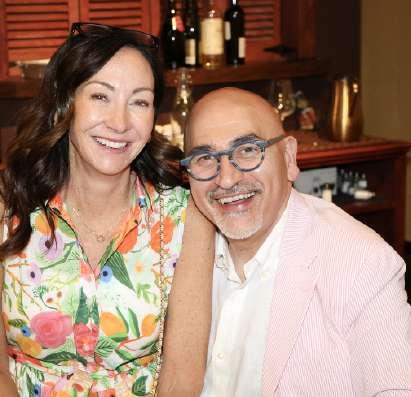
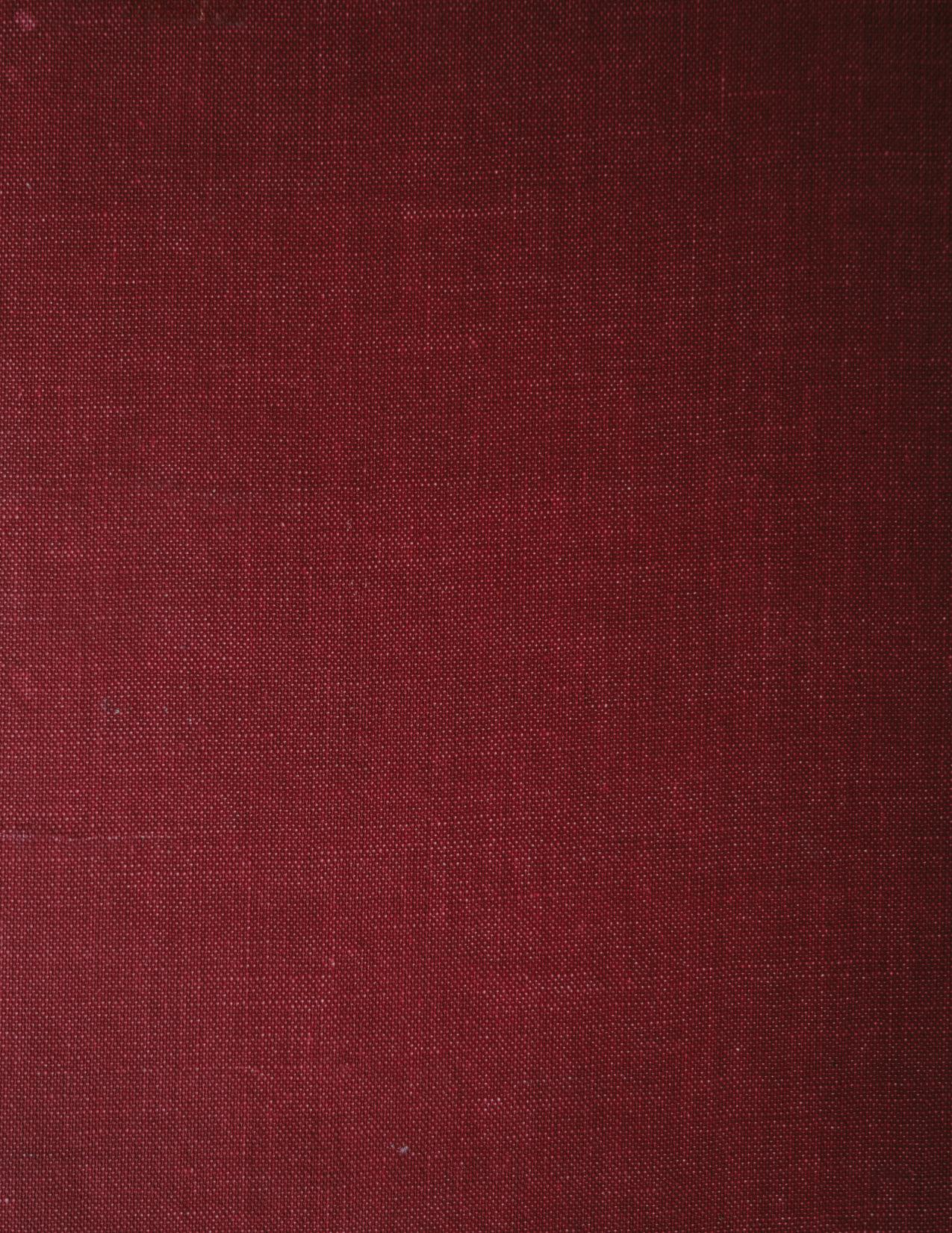 4 shades of roux
4 shades of roux


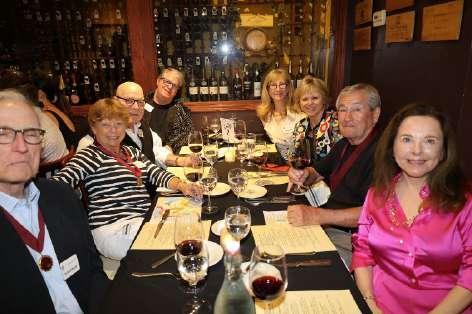
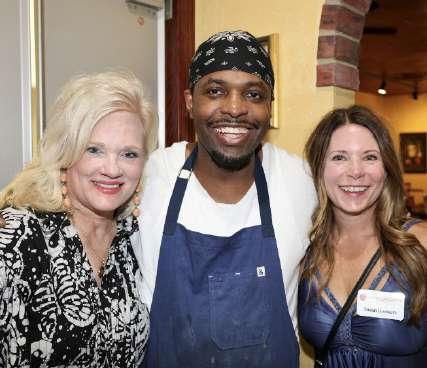
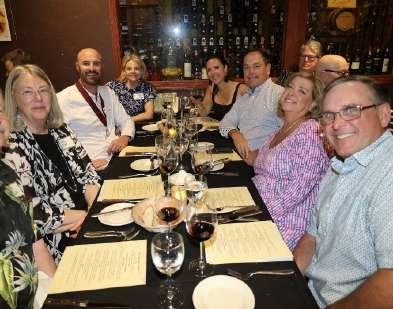




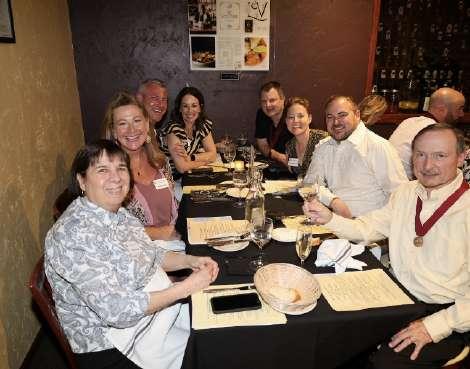

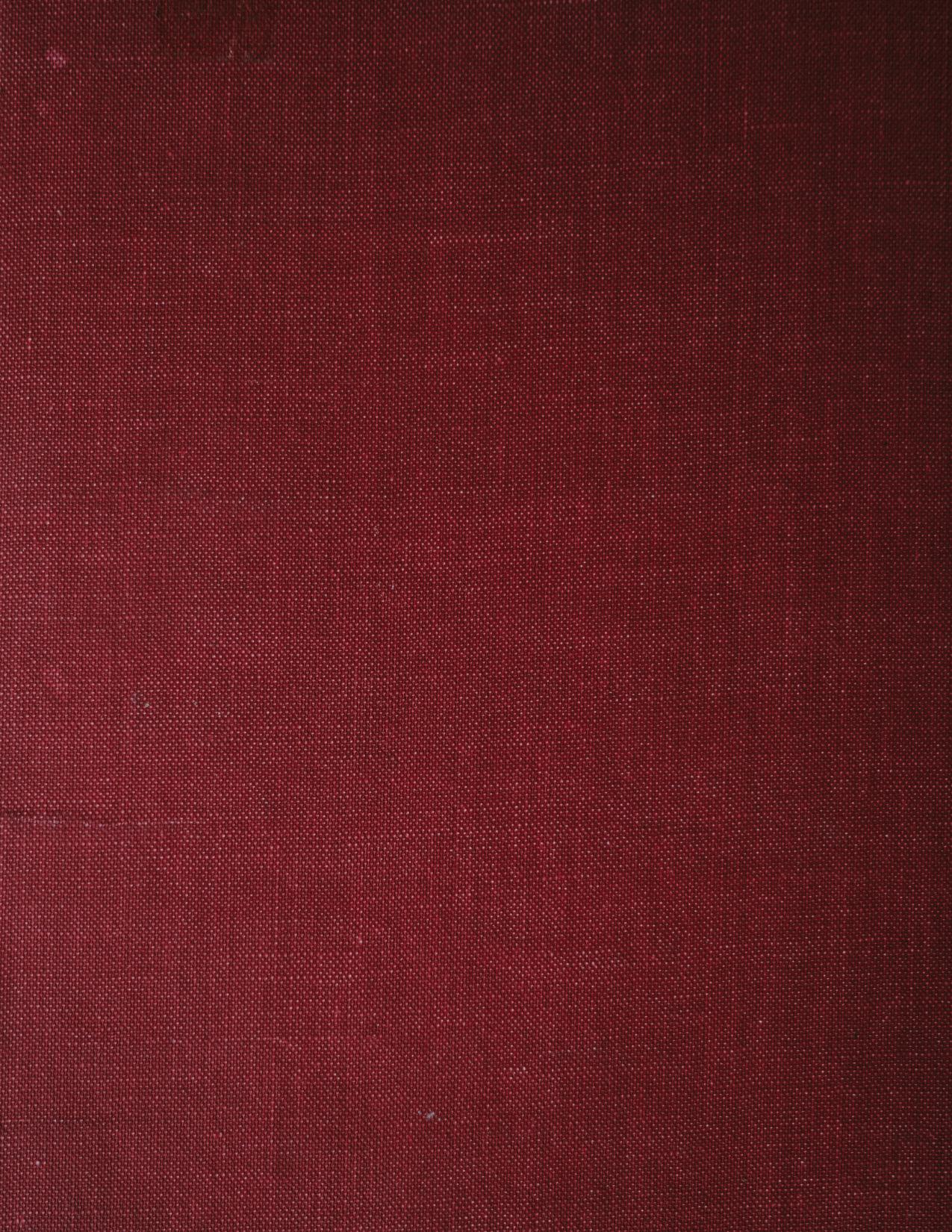
2024 UPCOMING OMAHA METRO EVENTS
JUN 12
BURGUNDY VS. PINOT NOIR
Au Courant. Event Producer: Tom Murnan
JUL 12 SCALING NEW HEIGHTS: NAPA VALLEY MOUNTAIN WINES Flemings. Producers: Hyders and Goldsteins.

HOSTING AN EVENT?
Let us know when, where and a little bit about what’s going on!
We would love to include YOUR event on the calendar!
Email details to: iwfs.councilbluffs@yahoo.com








 4 shades of roux
4 shades of roux












